Spiritual Monastery
Koyasan is a sacred Shingon Buddhist temple complex located in an alpine basin founded by the high priest Kukai, posthumously known as Kobo Daishi (774-835). Kukai is one of the most famous people in the history of Japan. He was not only the founder of the Shingon school of Buddhism but a poet, engineer, and calligrapher. He was also the creator of the Kana syllabary of the Japanese language.
Koyasan is centered on Kongobu-ji Temple built in 816 and is divided into several areas. The entrance to this sacred site is marked by an impressive 25.8-meter high wooden gate.
Danjo Garan is the religious center of Koyasan. The unique style of the temple complex is based on the Shingon doctrine exerted tremendous influence as the architectural model for nearly 4000 Shingon temples throughout Japan.
Kongosanmai-in is 1 km east-southeast of Danjo Garan and is the site of the oldest existing esoteric pagoda, the first of its kind in Japan. The total height is 14.9 meters and based on the model of an Indian Stupa. It is valuable as one of the representative examples of the esoteric pagodas built in the Medieval Period of Japan.
Okuno-in is 3 km to the east of Danjo Garan and contains the place revered as the sacred area where Kukai entered into a supreme plane of meditation waiting for the arrival of the Buddha of the future. Over 300,000 tombstones are densely distributed beneath giant 500-year-old trees creating a spiritual atmosphere and profound religious, cultural landscape.

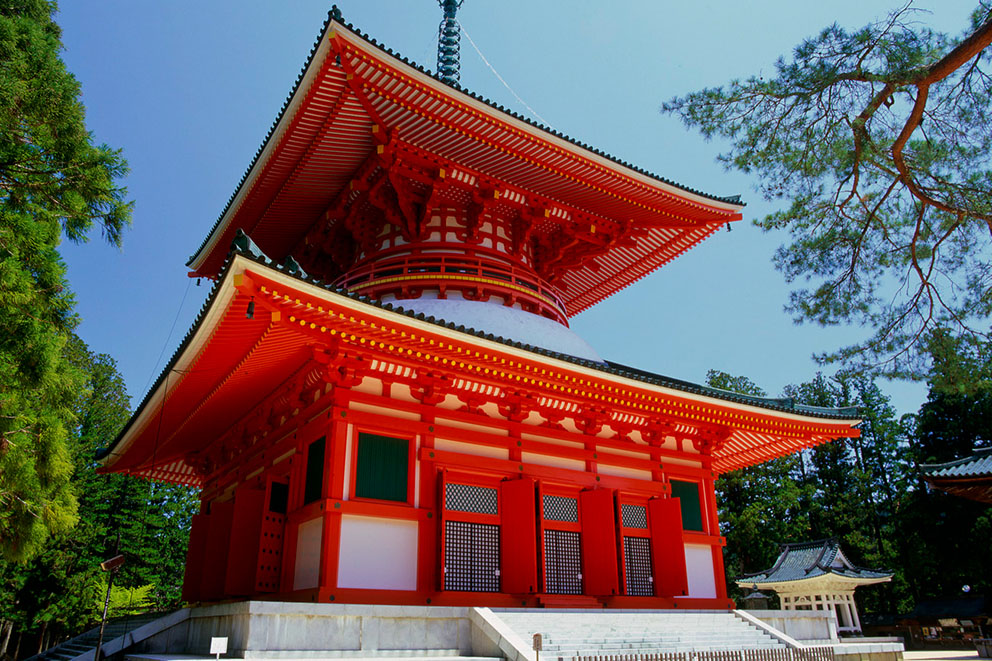
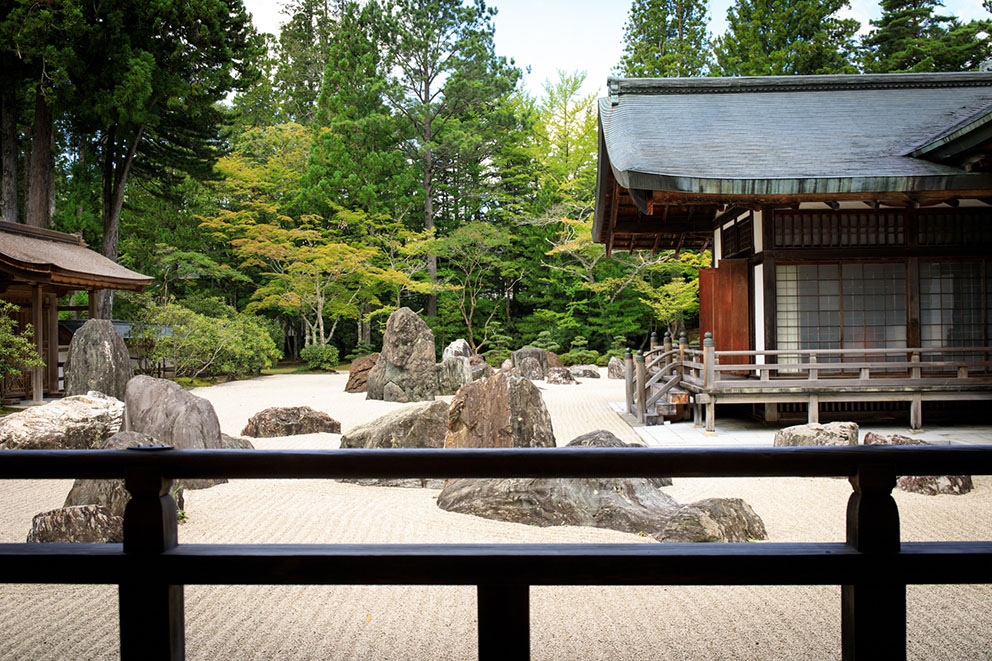

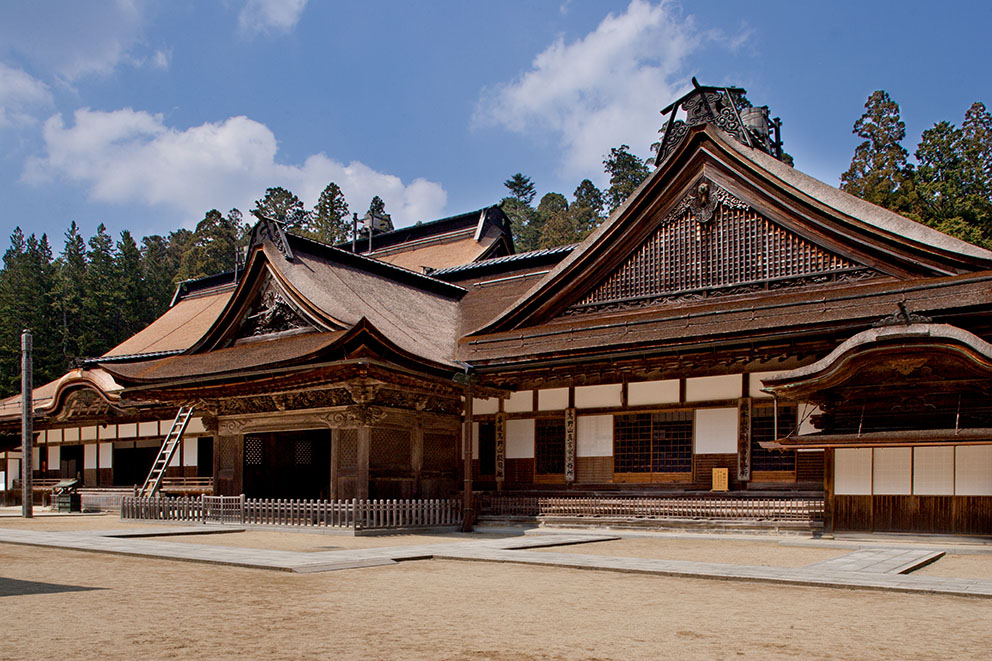
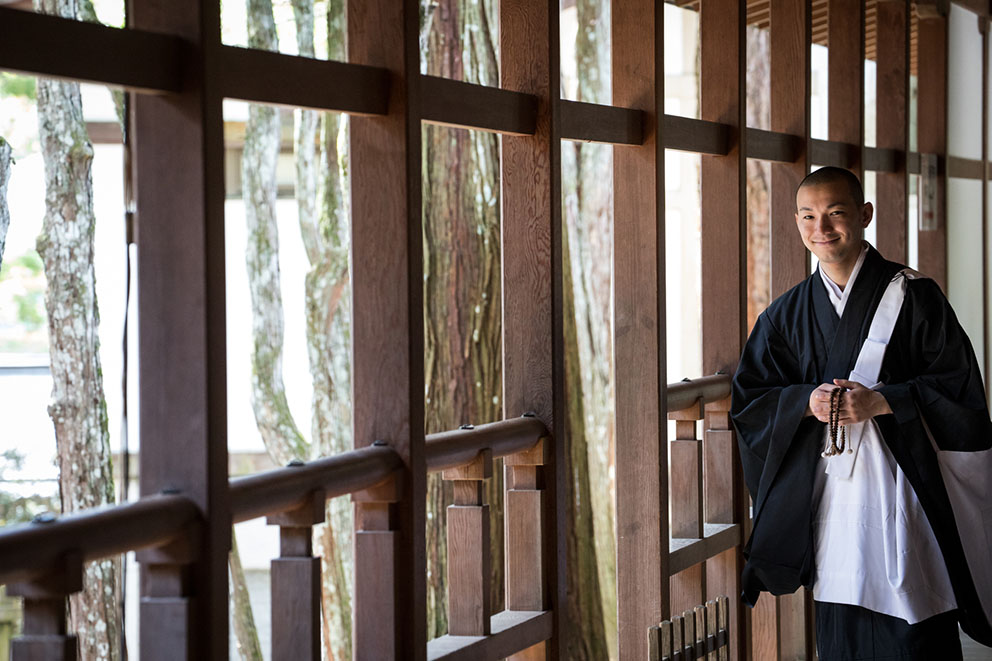
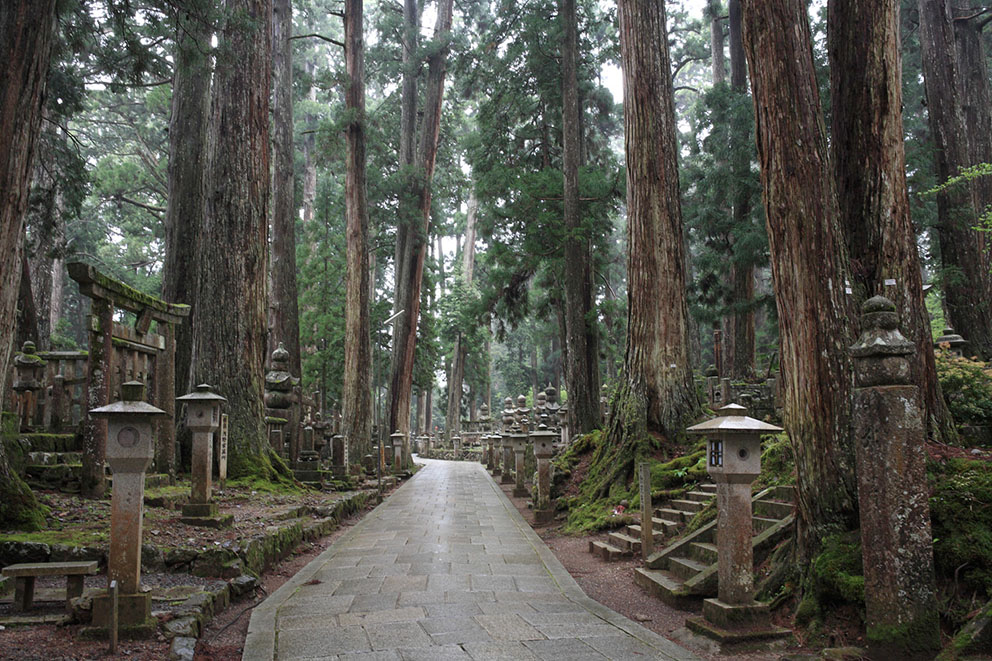
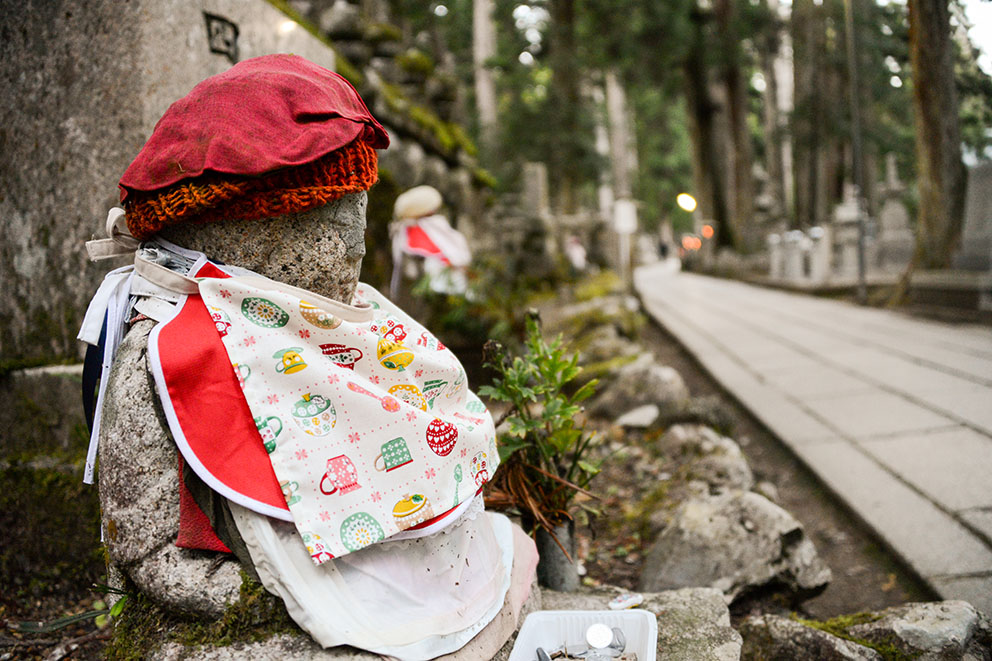
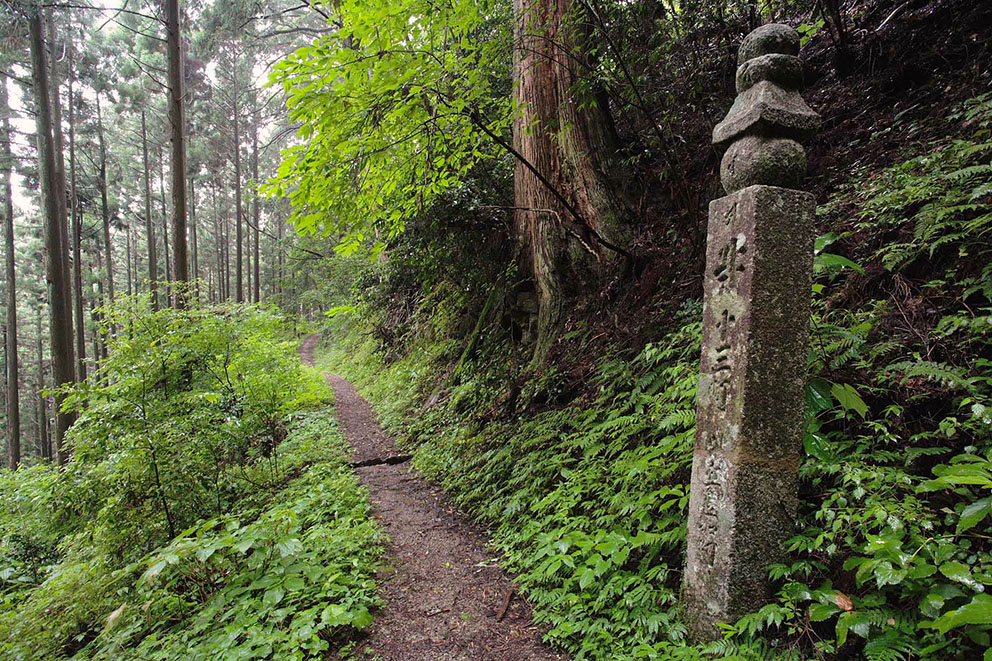
Spiritual Pilgrimage Walks
Koyasan is an important religious center of worship, and three significant pilgrimage routes are based from Koyasan.
The Kohechi is a mountainous route that connects the sacred centers of Koyasan and Kumano.
The Nyonin-michi, or Women’s Pilgrimage Route, is a 16-km trail that circumnavigates the perimeter of Koyasan, linking seven historical entrances.
It was used extensively by women who were banned from entering the area, who would visit women’s halls near the entrances, only one of which still remains, Fudozaka-guchi Nyonindo.
Now, the trail can be walked in part or in total. Maps in English and in Japanese are available at the local tourist information centers.
The Choishi-michi is the original 24-km pilgrimage access route to Koyasan from the Kino-gawa river valley to the north constructed by Kukai. Along the way are 180 stone markers (or “ishi”) set 109 meters apart (or “cho” – traditional Japanese measurement) weighing as much as 750 kg each.
They are carved into the geometric shapes of a Gorinto representing the five Buddhist elements and engraved with the distance and Sanskrit names of Buddhas.
Present-day access is from Kudoyama Station on the Nankai Koya Line.
Koyasan Access
Koyasan is accessible by a series of connections of trains or buses from Kyoto, Osaka, Wakayama or Tanabe.
The Nankai train line operates with connections between Osaka and Koyasan.
Bus service is available between Koyasan and the Hongu or Tanabe area.
